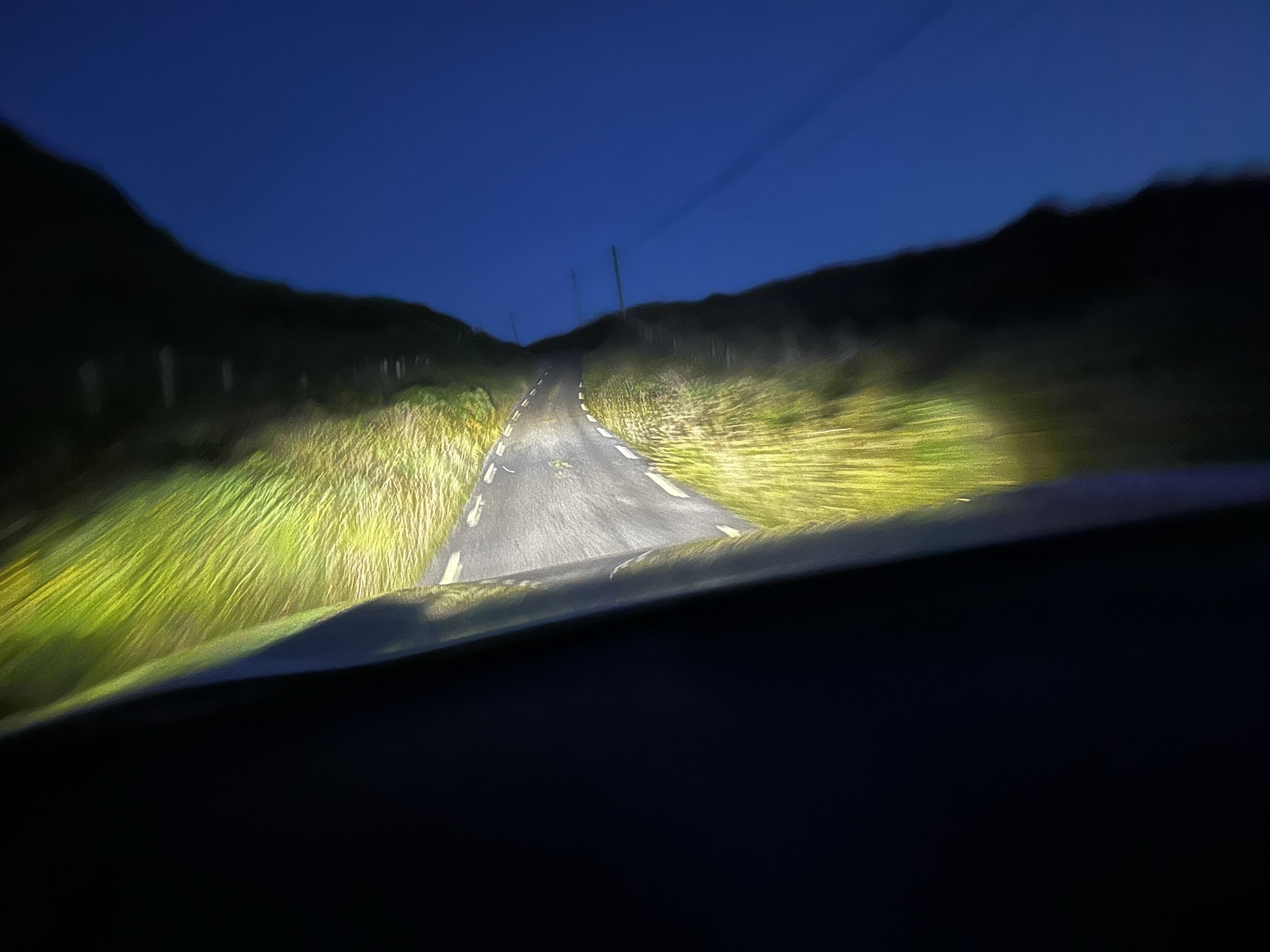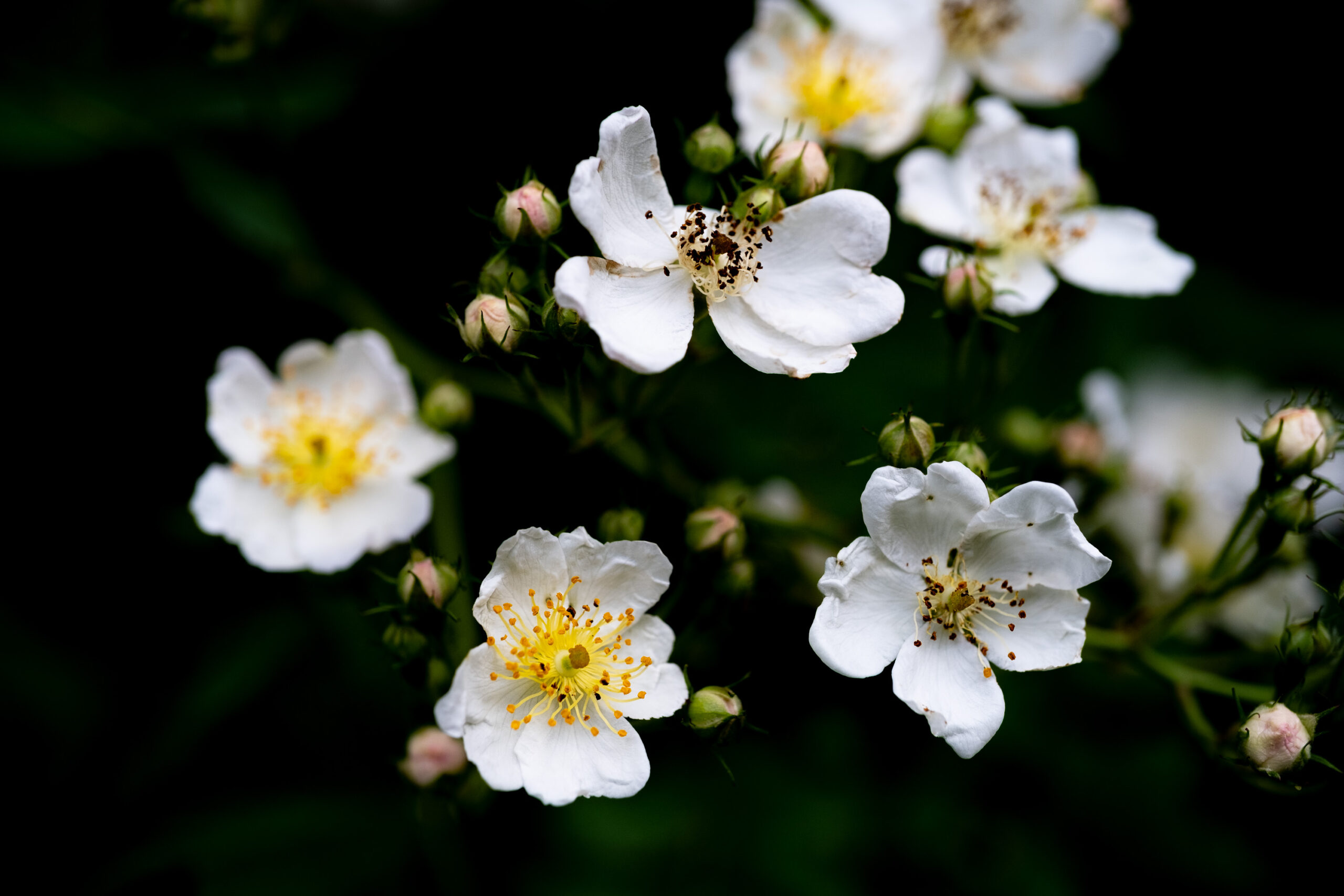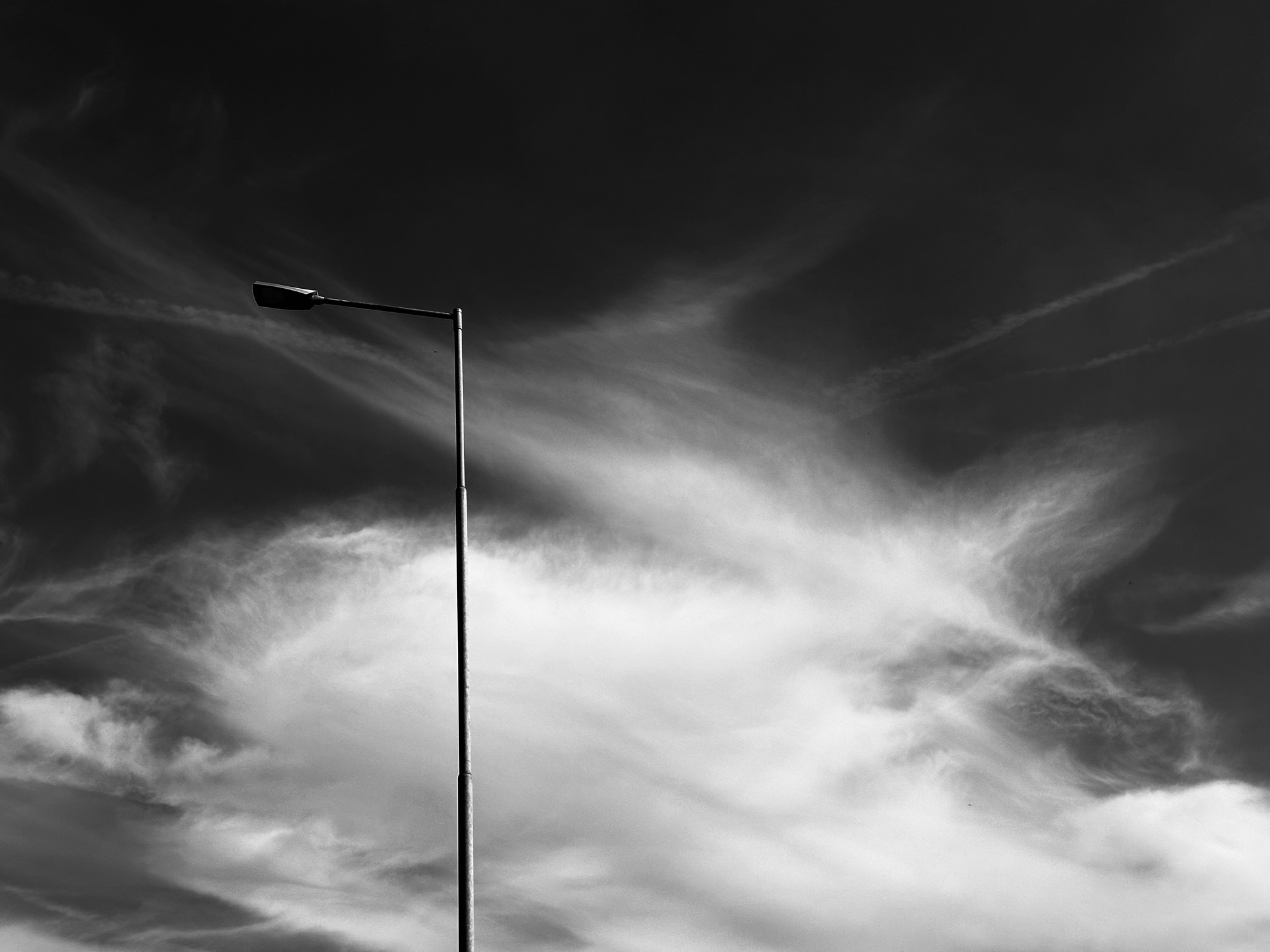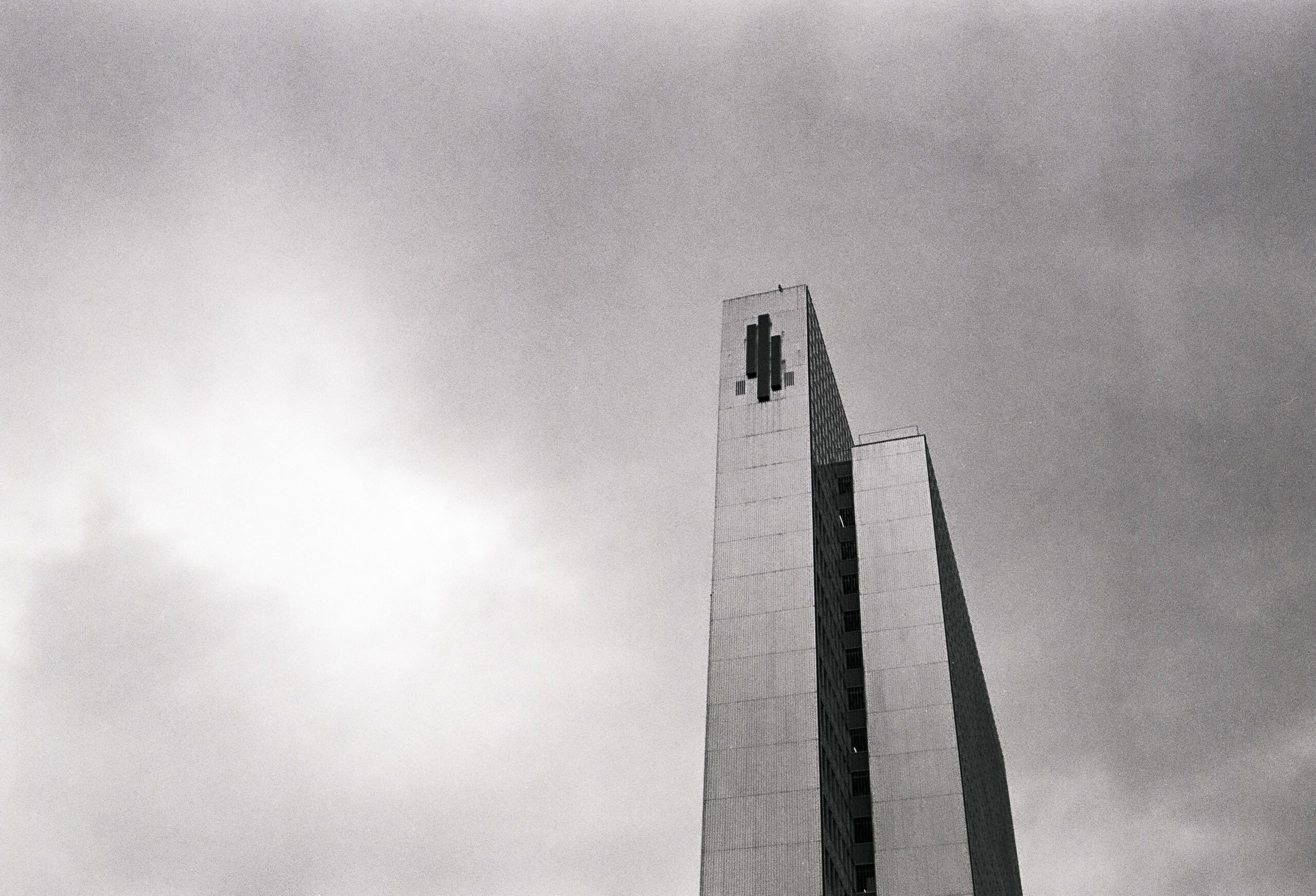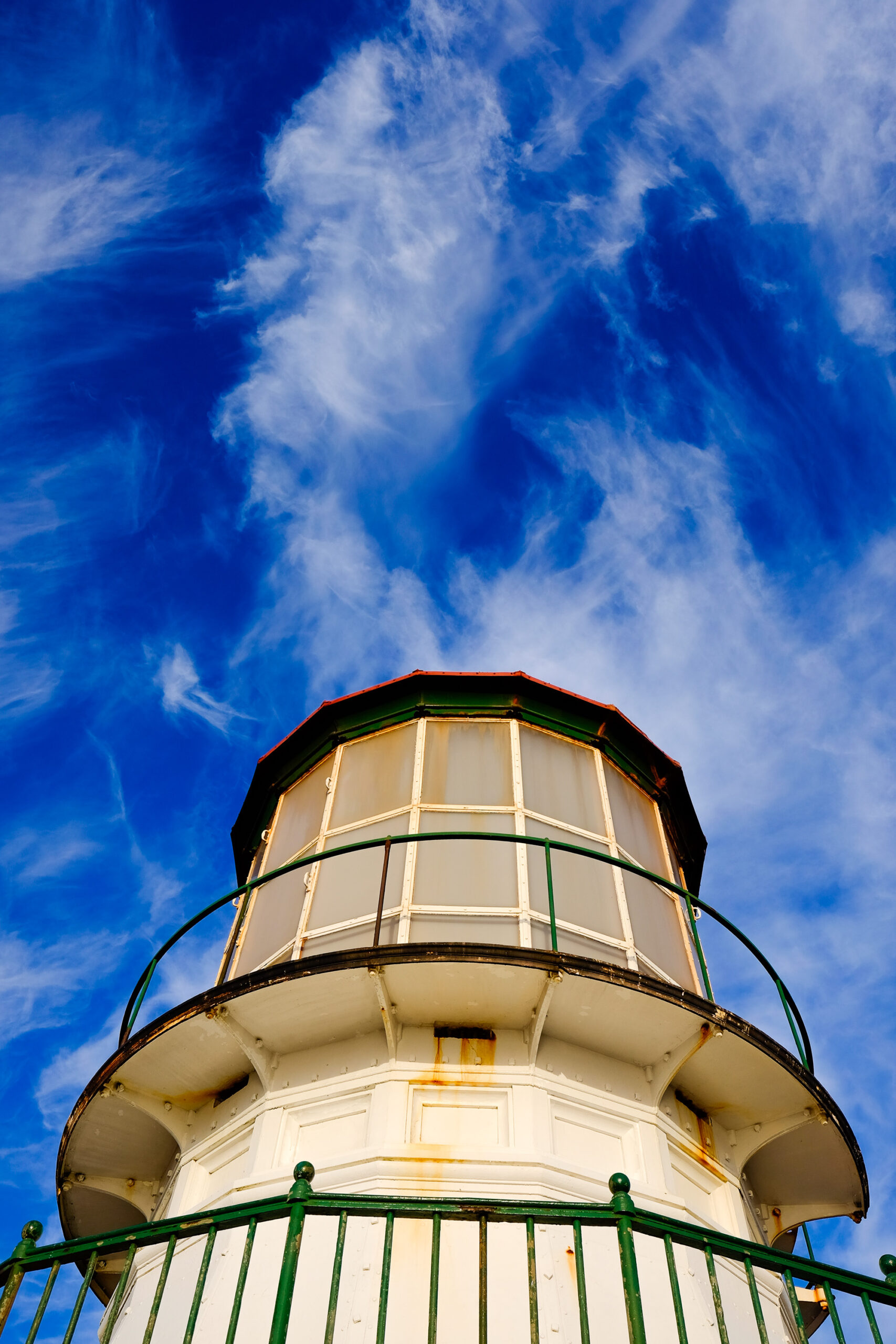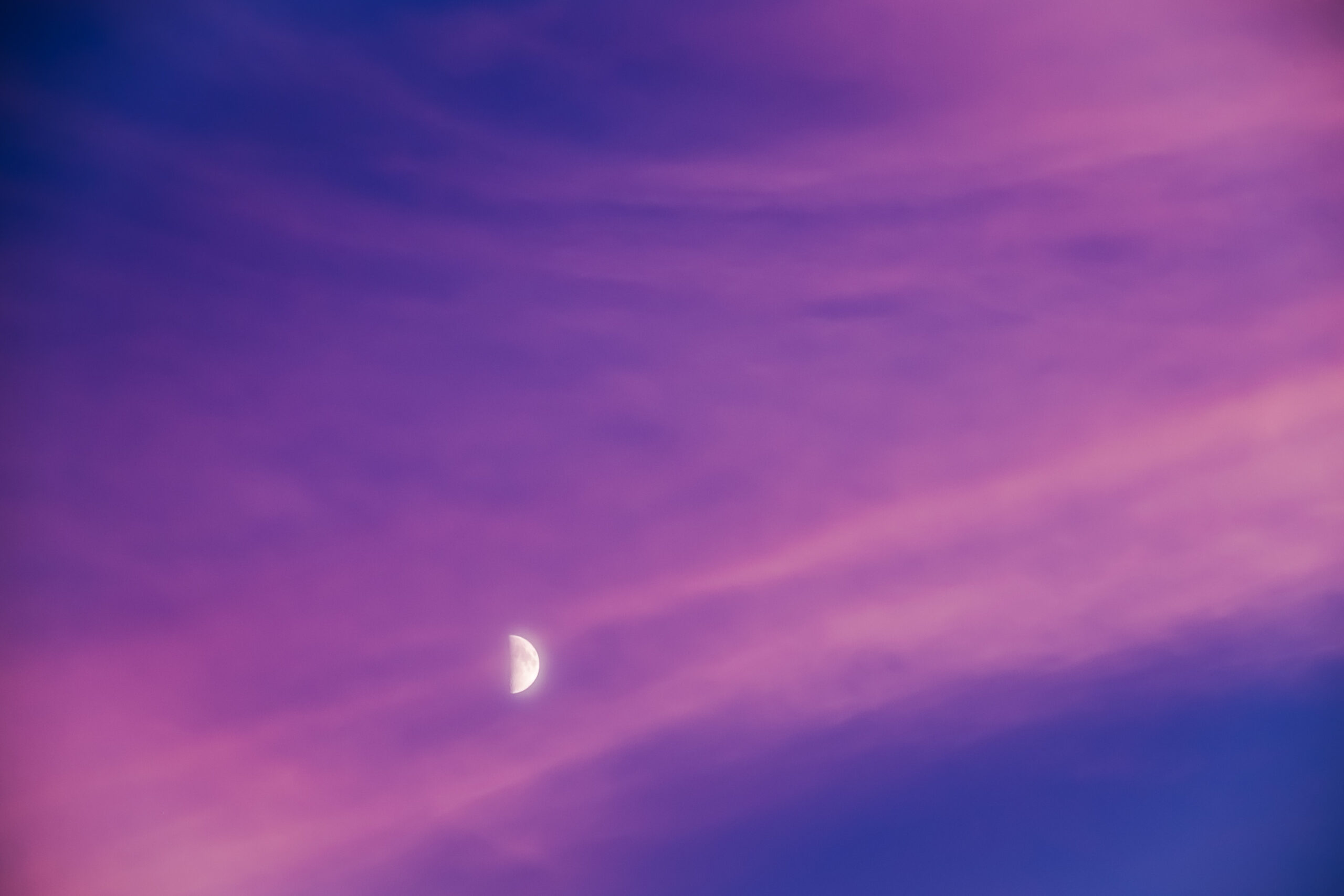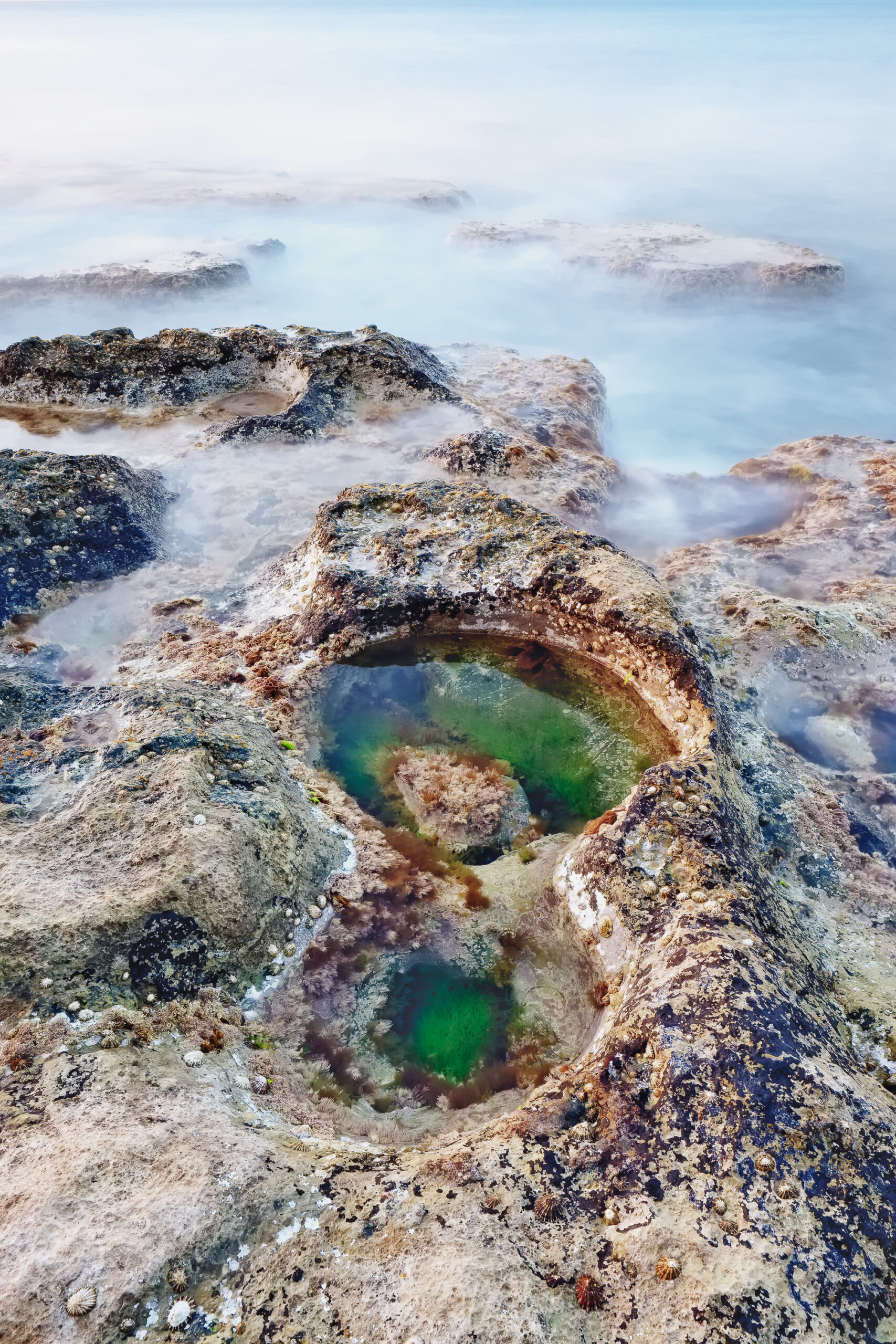Category: Technical
-
Some Talk About Gear
Being in Ireland and finally having some more time to actually photograph more (pictures to follow once I have processed the RAW files) here some talk about gear (gear that I found particularly helpful). Being a landscape photographer, you sometimes have to walk some distance, so a fully fledged photography backpack might come in handy…
-
Paper
When it comes to printing, paper is essential. It helps the print to come alive. The selection of paper and it’s contribution to the print has significantly changed in the digital workflows. If I remember the darkroom era, it was pretty much limited to finish characteristics (glossy, pearl, mat), a little bit tonality (warm/cold), graduation,…
-
Some Thoughts on Generative AI
Artificial Intelligence has been and will continue to be a great topic for this decade and the decades to come. Machines learn how to create content that we perceive being of high – or lets say – adequate quality, much faster than any human being could create this content. The consequences are both frightening and…
-
An Analogue Adventure – Continued
Two rolls of Kodak Tri-X made it into my improvised darkroom. First attempt after more than 20 years, I was quite nervous to see if this will work out. It actually did. I almost couldn’t believe it that the rolls of film had pictures on it … From the negatives I created digital scans, using…
-
What Cameras are About
I have used several cameras in the past decades. My first one was a Pentax Spotmatic, which I got passed on from my father, followed by a Yashika. I then bought the EOS 100 as first camera by my own money, got into digital with the EOS 30D, followed by the 50D and then the…
-
Love Your Pictures
Spend time with them, because they say a lot about who you are and why you made them in the first place. Learn from them, because they not only show what you like, but also show to you what you would like to improve. They are pictures, but also like mirrors to guide you a…
-
Monochrome
If there is one style or photographic direction that I have always been using, it is black and white photography. I was hooked – like many others – when I got involved with the pictures of Ansel Adams. Even though his pictures are quite old today, they still resemble masterpieces of flawless quality. He did…
-
The Decisive Moment
Photography is about moments, captured in a specific location, showing a specific scenery in a unique light. Bringing all of these things together – when we press the shutter – the camera captures a moment time. Sometimes that one moment is referred to as the decisive moment. And the interpretation is that the decisive moment is something happening in…
-
Fujinon XF16 F1.4
I have been using this lens now for approximately three weeks during our last holiday in Dorset. My primary use is landscape and seascape photography on a Fuji X-T1. It is mostly used with small apertures (f16) to achieve highest depth of field. In a nutshell: This lens is amazing. The lens was used in…

